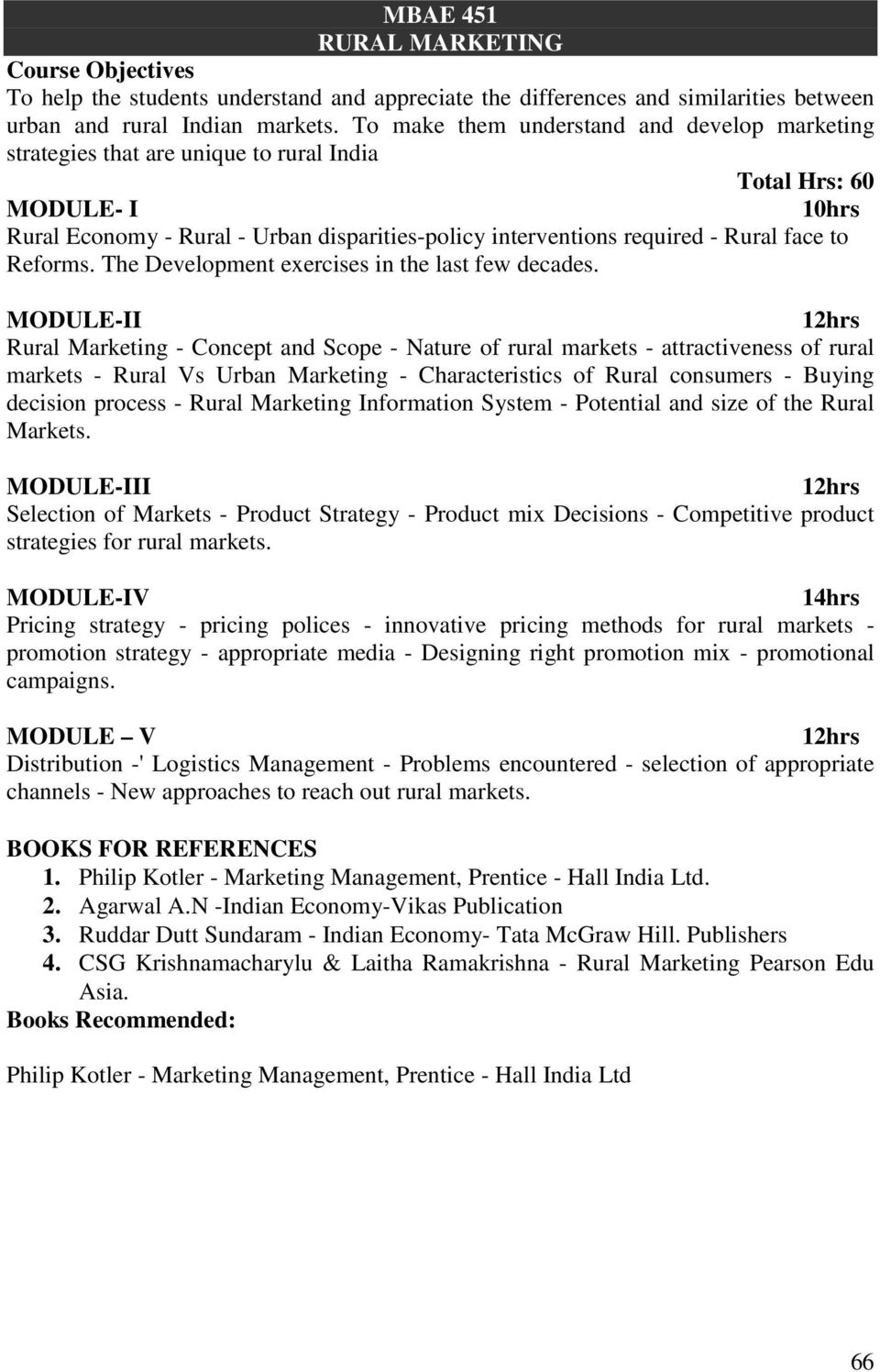
The best known exponent of the imperialist view of Indian history was Vincent A.


Their study of the Indian society and economy inspired Marx in his reconstruction of the Asiatic mode of production, characterized by the predominance of self-sufficient village economy, the absence of privately owned land, and the complete subjugation of village communities to the state. The administrator scholars of the nineteenth century firmly believed that the British imperial administration could change the Indian socio-economic set-up by legislation. His view was shared by several British administrator- historians, including Elphinstone who, under the spell of romanticism, spoke glowingly of the unchanging village communities of ancient India. As early as 1817 James Mill asserted that Indian society had remained substantially unchanged since its inception. Their writings therefore do not indicate any distinct trend in the historiography of early Indian economy.īut many historians of the nineteenth and twentieth centuries, who wrote under the auspices of the imperial government and had pre-conceived ideas about the Indian past, set a distinct trend in Indian historiography. He was followed by Richard Fick who dealt primarily with the social or caste relationships prevalent in north-eastern India in the age of the Buddha and described occupations and trade guilds in about eighty pages.įick’s work was entirely based on the Buddhist birth stories, which were used by Mrs Rhys Davids for a fuller reconstruction of economic life in the sixth century BC Lassen, Fick and Mrs Rhys Davids were primarily philologists, and whatever they wrote on early Indian economic life was marginal to their main area of interest.

His monumental history of India down to the fall of Vijayanagara emphasized political history, the economic sections occupying a subsidiary place. The study of ancient Indian economic history goes back to the middle of the nineteenth century, when Christian Lassen devoted fairly long chapters to industry and commerce in his Indische Alterthumskunde, published in four volumes between 18.


 0 kommentar(er)
0 kommentar(er)
